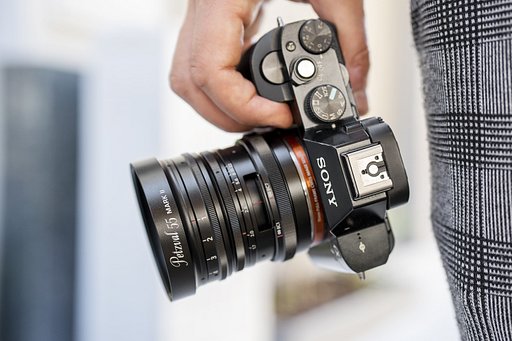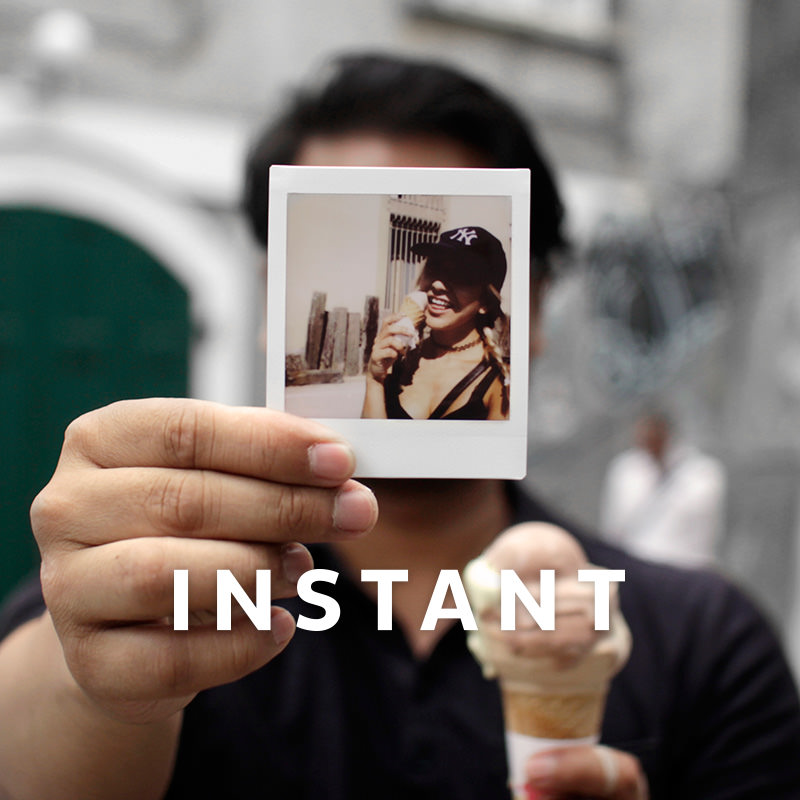Nikon EM: Pro on the Outside, Carefree on the Inside
3 18When scouring for used cameras, there is always a risk getting ripped off; especially if you are not really familiar with the usual market value of the cameras you are looking for. On some days though, you do hit the jackpot. This is how I felt when I scored my Nikon EM. I was originally looking for an Olympus OM1, but since I have a Nikon D40, I thought that finding a Nikon SLR with a prime lens instead would benefit me more since I can use the lens for my Nikon DSLR. I settled for a Nikon EM, that was sold by a shop owner for a relatively cheap price. For a camera from 1979, the one I got looked almost brand new. Either the original owner really took care of their cameras well, or it was barely used.

The Nikon EM was released in 1979. It was one the least expensive and most compact SLRs produced during its time and it has a standard Nikon bayonet F-mount, which means it can accommodate a variety of Nikon lenses. Mine particularly came with an E series 50 mm prime lens with aperture ranging from f/22 to f/1.8. This camera is in a lot of ways limited; but such limitations, seem to be advantageous for a Lomographer like me.
I have already mentioned that it is not heavy, which makes it easy to carry during photo walks. This camera is also very easy to use; requiring you minimal cerebral activity, hence allowing you to enjoy shooting more. It is basically an aperture priority, auto-exposure SLR, which means you simply set a preferred aperture and the camera takes care of assigning the appropriate shutter speed; given a particular film ISO and the available light. In a lot of ways, it really is a point-and-shoot camera and the rule “Don’t think just shoot” is really very possible.

With a half press of the shutter button, a needle in the left side of the viewfinder will indicate the shutter speed that the camera will utilize to give you information as to whether you should adjust the aperture or use a tripod. The maximum shutter speed is at 1/1000. Two beeps will tell you if you have opened your aperture too much and that the photo will be overexposed. For backlit subjects, an exposure compensation button is available to give you an additional 2 stops of exposure. For difficult lighting conditions, you can simply override the exposure by adjusting the ISO setting: to underexpose or overexpose as necessary. The ISO setting ranges from 25 to 1600.
The EM runs with 2 LR44 batteries, which is relatively easy to avail. If the battery dies in the middle of a shoot, a backup mechanical shutter is available at 1/90. You would simply have to work your way by adjusting the aperture. With this, a basic understanding of the Sunny 16 rule will come in handy.
Another thing I love about the 50 mm prime lens it came with is the fact that you do not need to be too close to your subject when taking photos which makes it perfect for street photography. Taking portraits at f/1.8 is as good as any Nikon SLR. The only downside is, you have to move far away backward when taking group photos of 30 individuals and above. Be careful of that cliff behind you now.
Lastly, if you just got your Nikon EM, you might think that the light meter needle does not work. After closing the back cover, you have to advance the film twice before the needle starts working. A safeguard feature against half-exposed and half-burnt photos. I know we love those, but you’d have to do without them when using this camera.
I just love my Nikon EM! It makes me look like a pro on the outside while remaining carefree on the inside!
This is a review submitted by Community Member renenob.
written by renenob on 2012-05-03 #gear #people #review #slr #nikon #camera #em #lomography























3 Comments